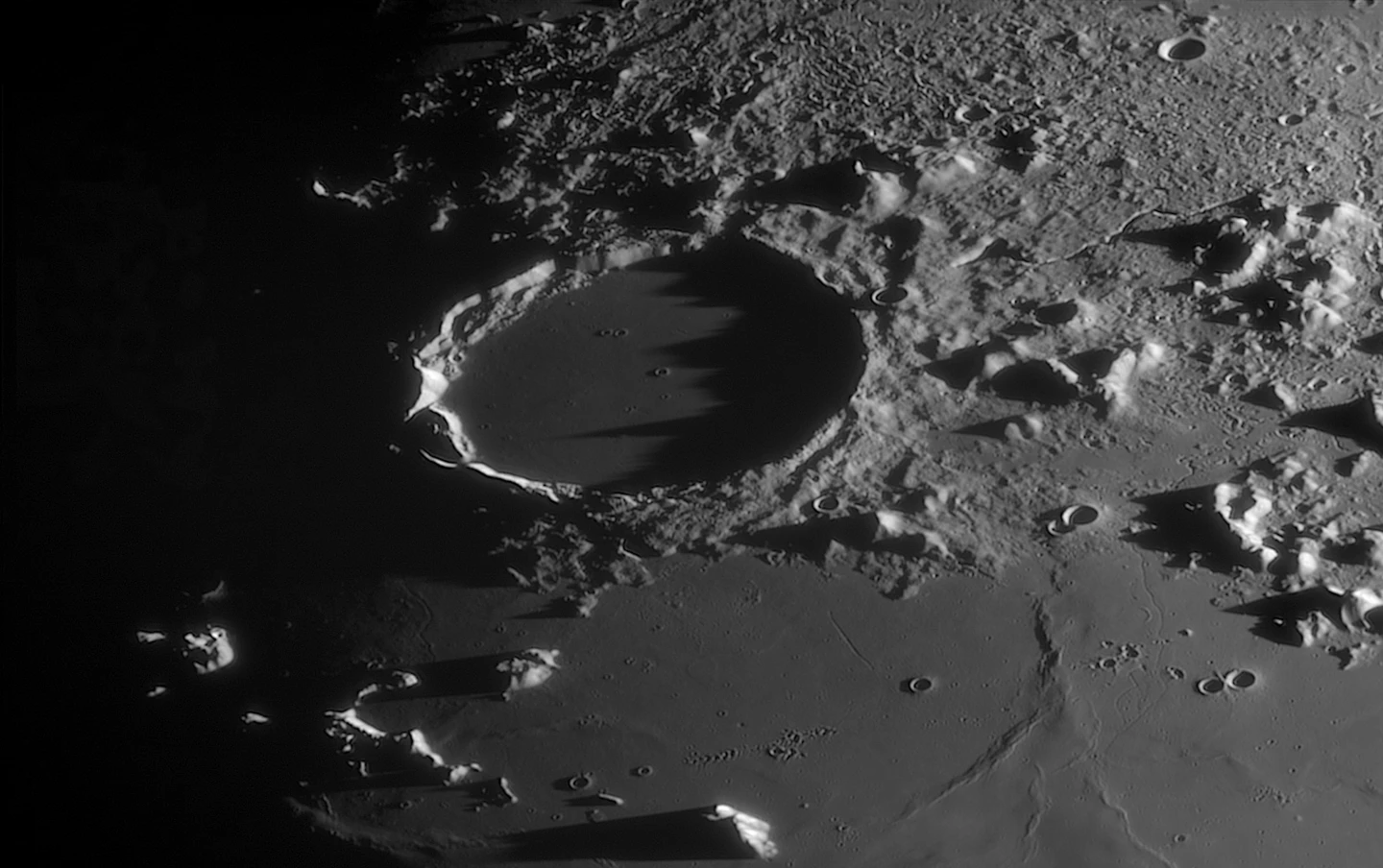The winner of the 2022 Astronomy Photographer of the Year contest is an extraordinary shot of a rarely seen "disconnection event" when solar winds break off a part of a comet’s tail. The image is just one highlight of many in the worlds most prestigious astrophotography contest.
“Once again, we’ve had a great year for astrophotography, and the entrants have produced amazing images for the competition,” said Ed Bloomer, an astronomer at Royal Observatory Greenwich. “The standard is incredibly high. It was really satisfying to see how many entrants challenged themselves to capture unusual, rarely imaged or transient events: there are some things you won’t have seen before, and even some things that won’t be seen again.”

The incredible overall winning image this year was taken by Austrian photographer Gerald Rheeman, in Namibia on Christmas Day. The shot looks at Comet Leonard, only discovered in early 2021, and Rheeman was lucky enough to catch a super rare disconnection event before the comet left our solar system never to be seen again.
“A piece of Comet Leonard’s tail was pinched off and carried away by the solar wind," Gerald explained. "I was very lucky that the weather at Tivoli Farm, Namibia, was excellent when I opened the roof of the observatory. I recognized that the comet’s tail looked dramatic in the first image I took, so decided to extend the field of view with a second image and that’s where the disconnection happened."

Another highlight came in the winner of a Moon category, from UK photographer Martin Lewis. Judge Steve Marsh said this breathtaking shot highlights the stunning scale of some of these moon craters.
“I never tire of looking at craters on the Moon, but this shot of Plato took my breath away with its long, sweeping shadows,” Marsh said. “If you consider the length and scale of those shadows and the mountains that create them, this image really is a deserving winner.”

Other impressive highlights show the international space space floating above the site of the 1969 moon landing, stars streaming behind a snow-capped mountain in Tibet, and a truly unique mosaic of several shots of the Sun composed to resemble rings on a tree stump.
Take a look through our gallery at all the spectacular winners from this year’s contest.
Source: RMG

































